Guadalupe Delta Faces Big Challenges as Water Demand Grows
All living systems function similarly so the insights below apply to deserts as well as marshlands and estuaries.

All living systems function similarly so the insights below apply to deserts as well as marshlands and estuaries. Even in Texas, the wind blows only one way on coastal estuary water issues. As to Guadalupe-Blanco River Authority and San Antonio Water System, one gets to be first, one gets to be second: neither gets to ignore this. Of course, the winner shouldbe Texas’ fisheries, wildlife and citizens, but… As corporate giants such as Dow Chemicals and Formosa Plastics continue to damage Texas’ estuaries, they might consider what environmental damage cost British Petroleum (BP).
More about this unique place and its wildlife on this 4-minute video.
NOTE: This post initially appeared on SAExpressNews.com on September 15, 2017. And was re-published to this site on September 18, 2017
GUADALUPE DELTA — The airboat glides over water and grasses. Its roar startles flocks of white egrets and dark ibises. They raise their spindly legs and take off from the delta with great flaps of their wide wings.
The boat’s pilot, San Antonio real estate developer Richard Gill, 32, knows this wetland well enough to not get lost in the maze. The boat feels like a hovercraft when he guides it over the grasses that separate channels and ponds of mixed salty and freshwater.
This is the Guadalupe Delta, mostly within the property lines of Swan Lake Ranch, which has been in Gill’s family for three generations. Built over millennia by sediment flowing to San Antonio Bay, the delta is the final destination for all water, nutrients and sediment that flow from the Hill Country to the Gulf Coast via the San Antonio, Guadalupe and Blanco river basins.
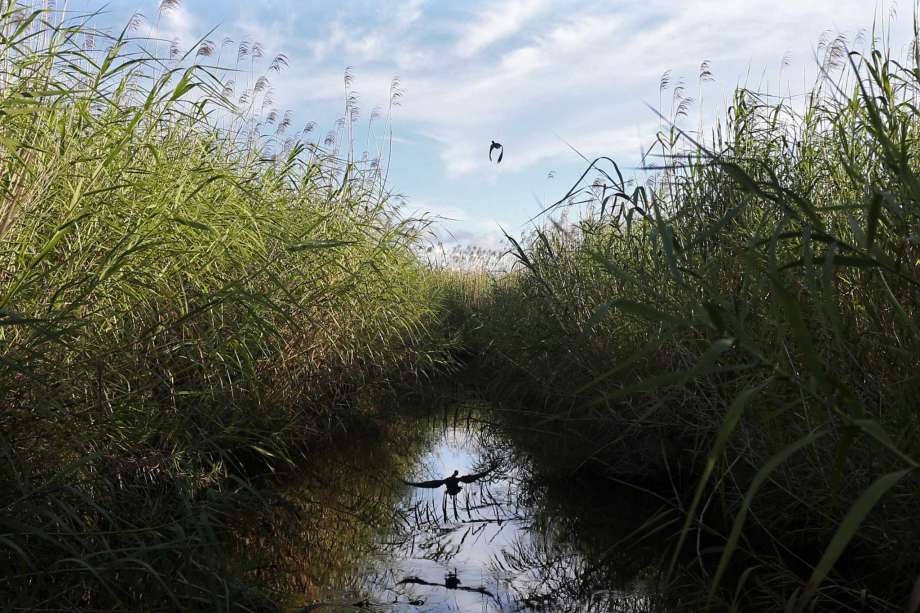
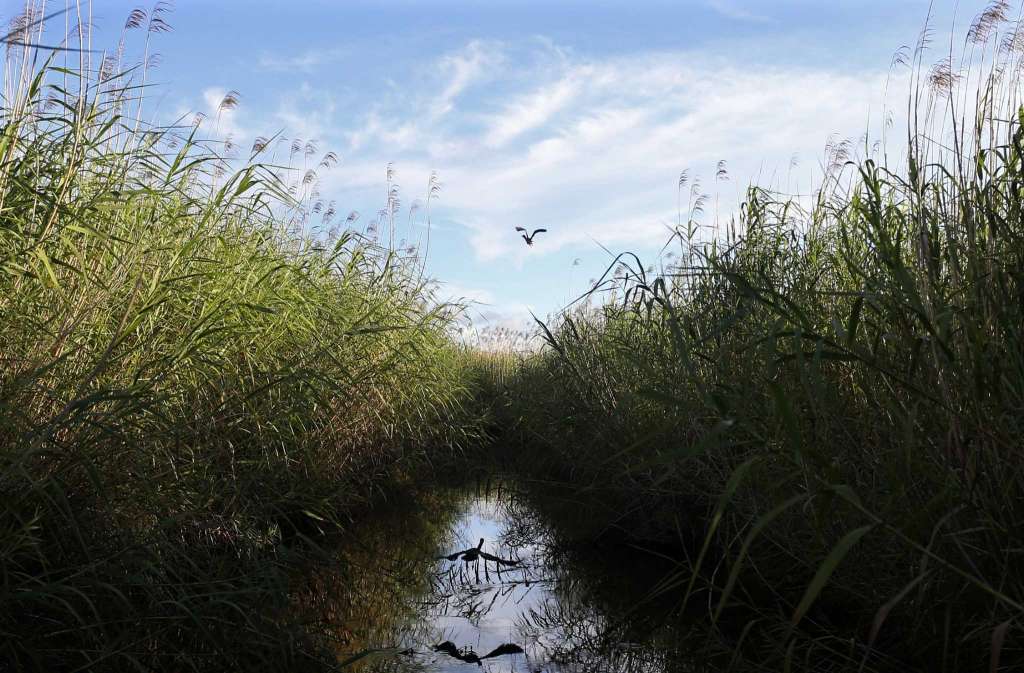
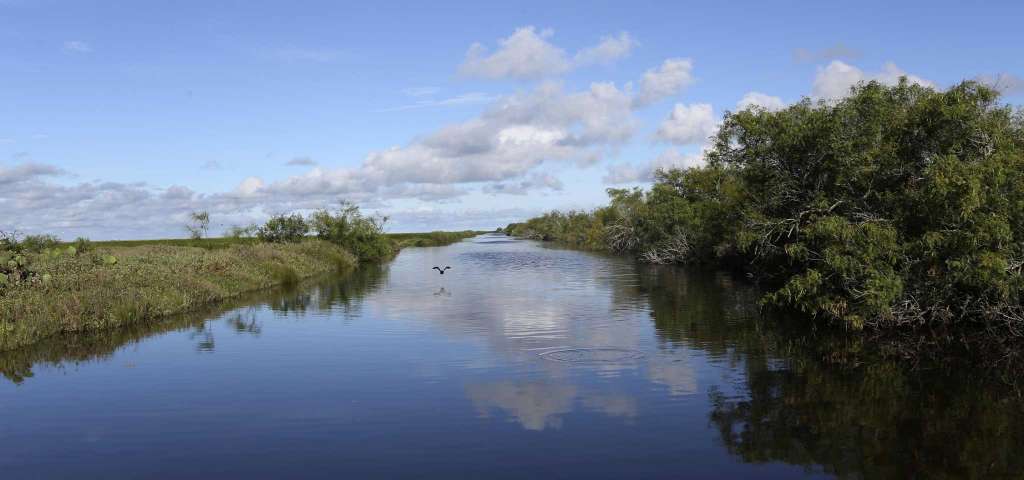
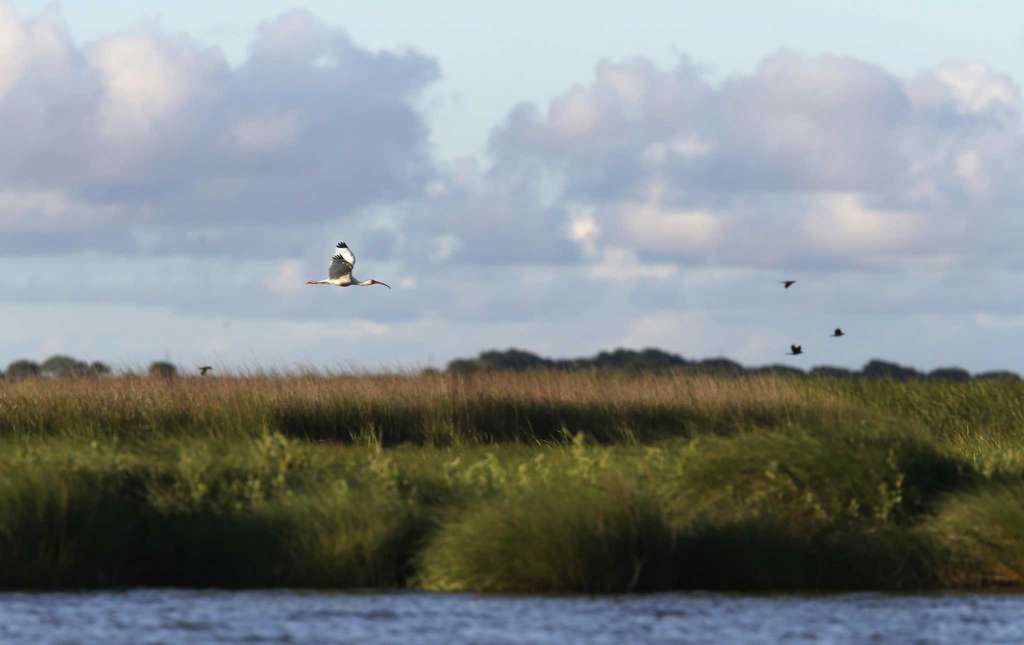
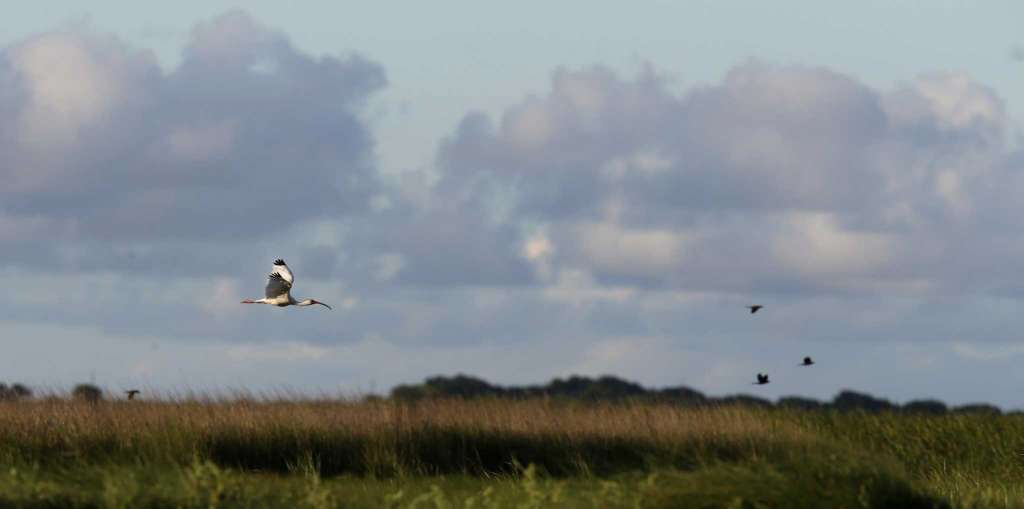
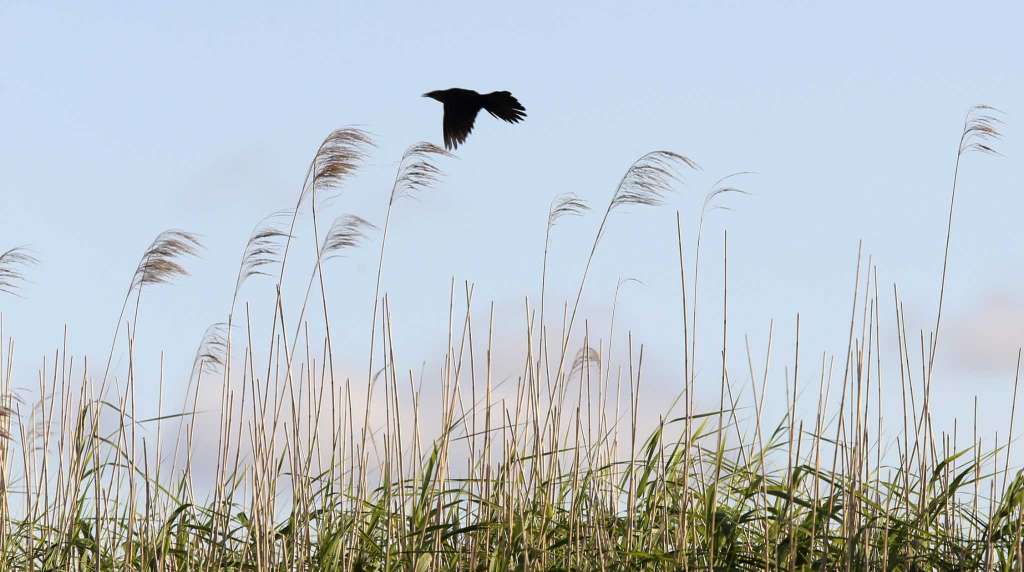
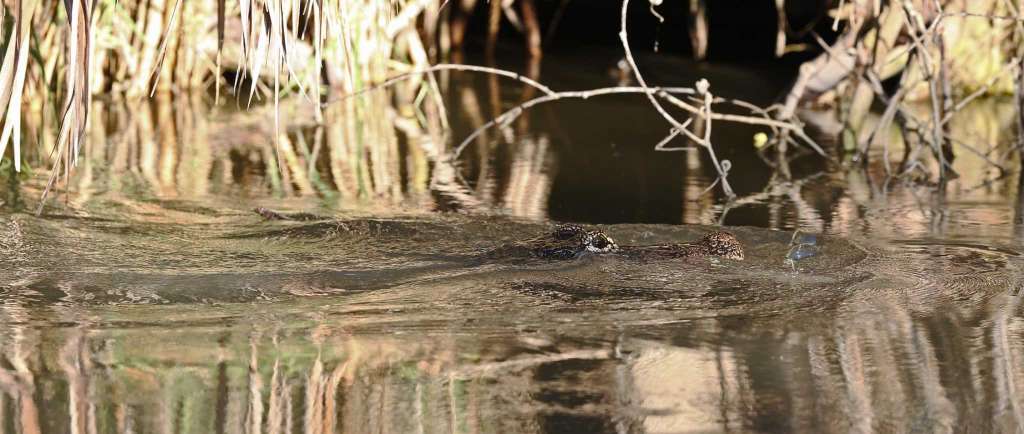
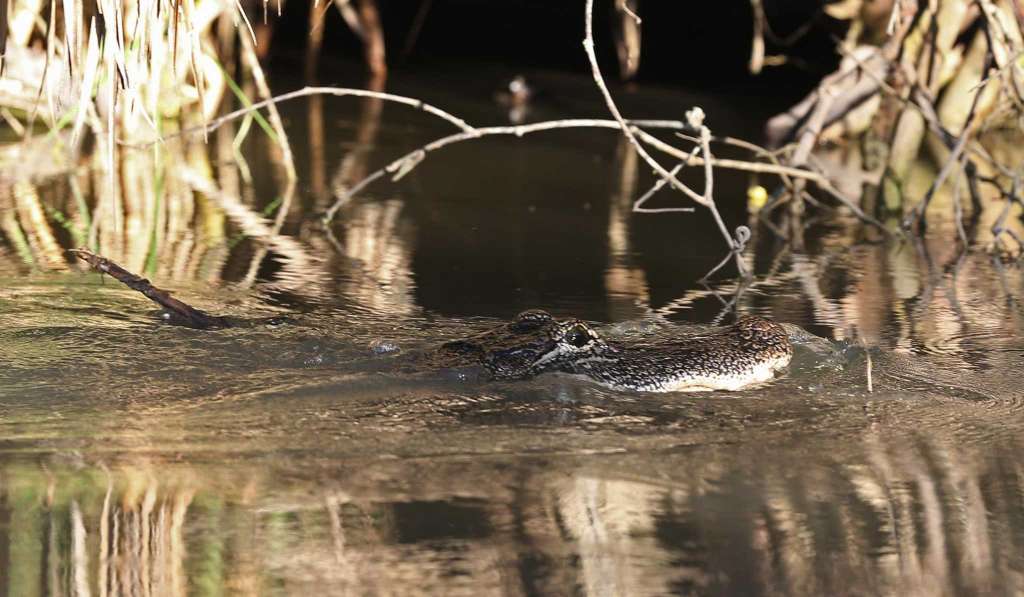
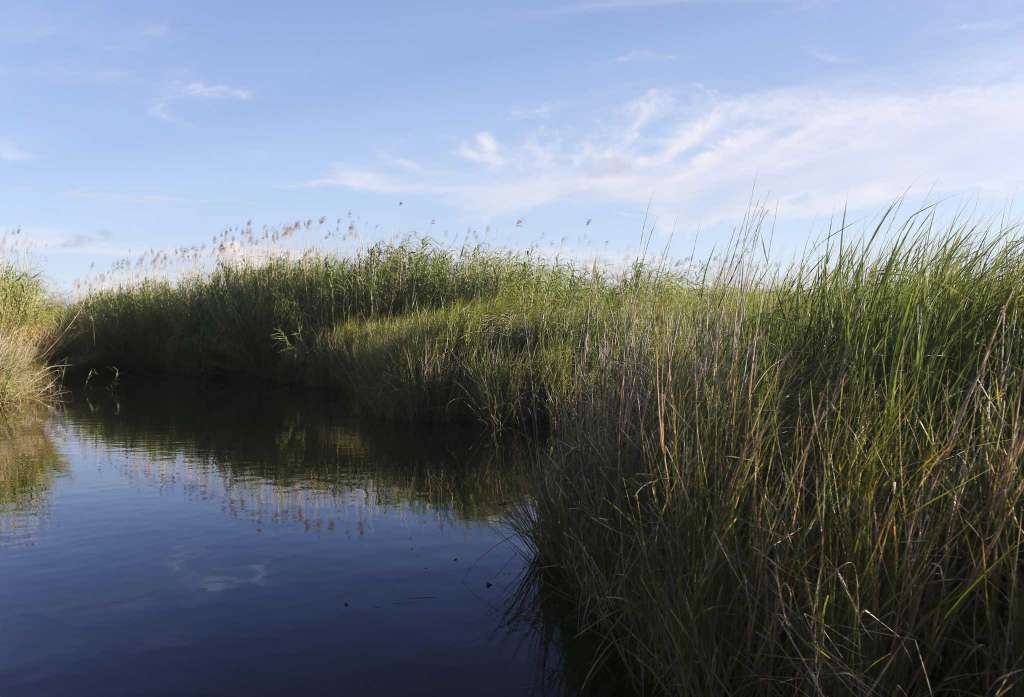
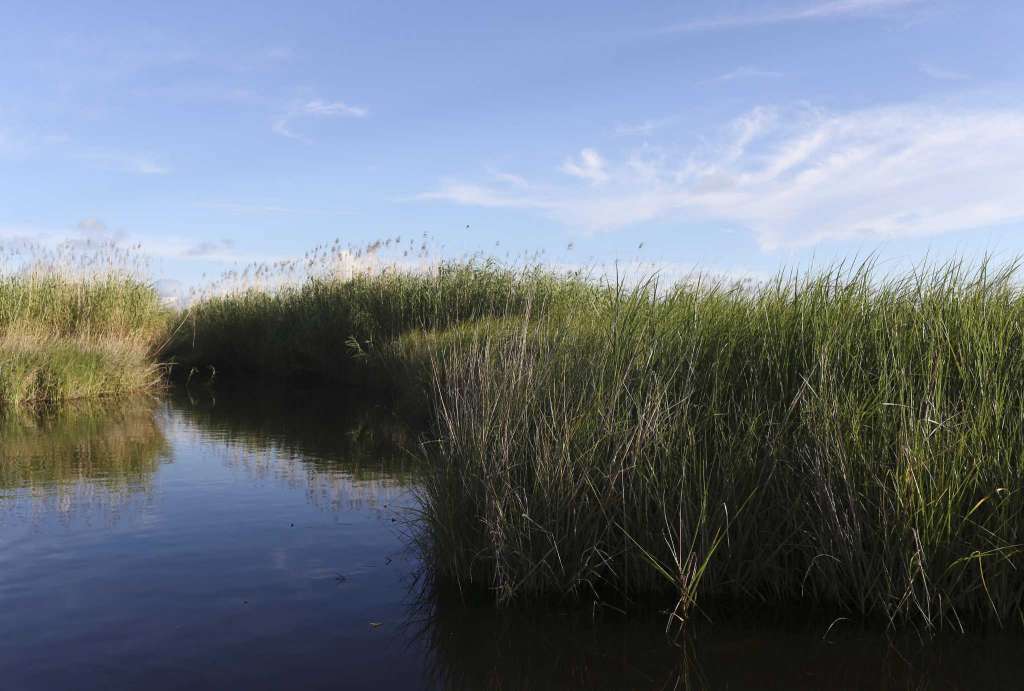
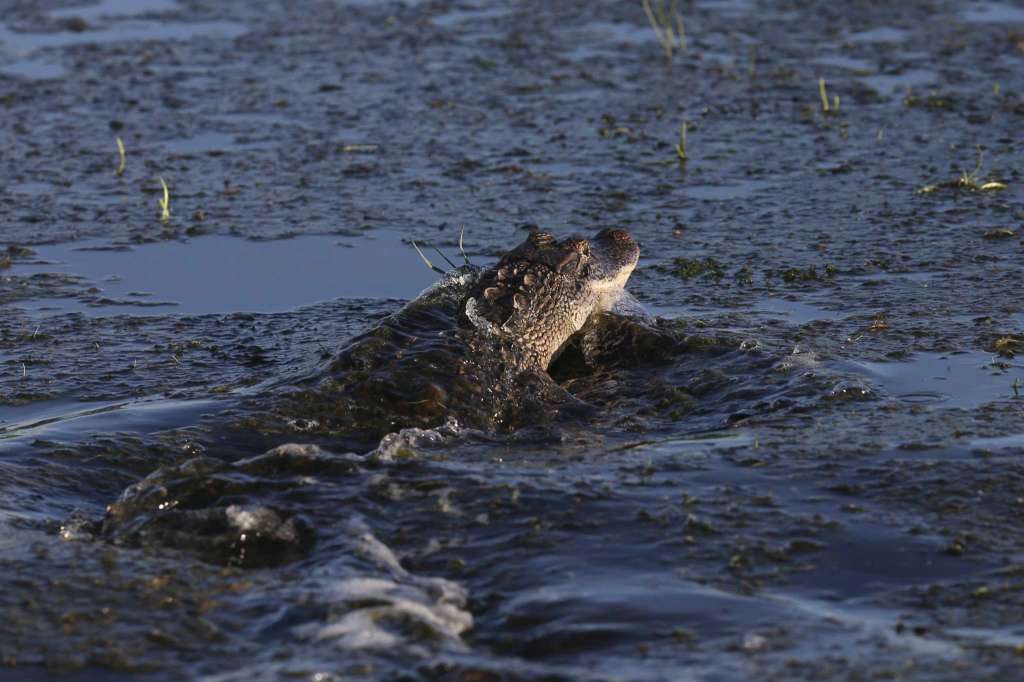
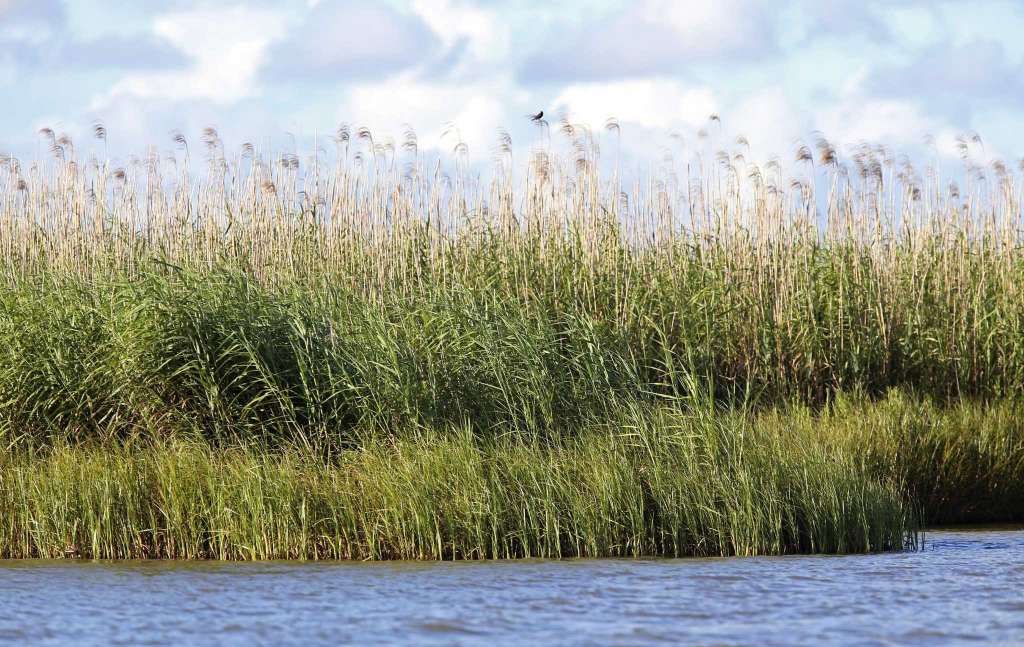
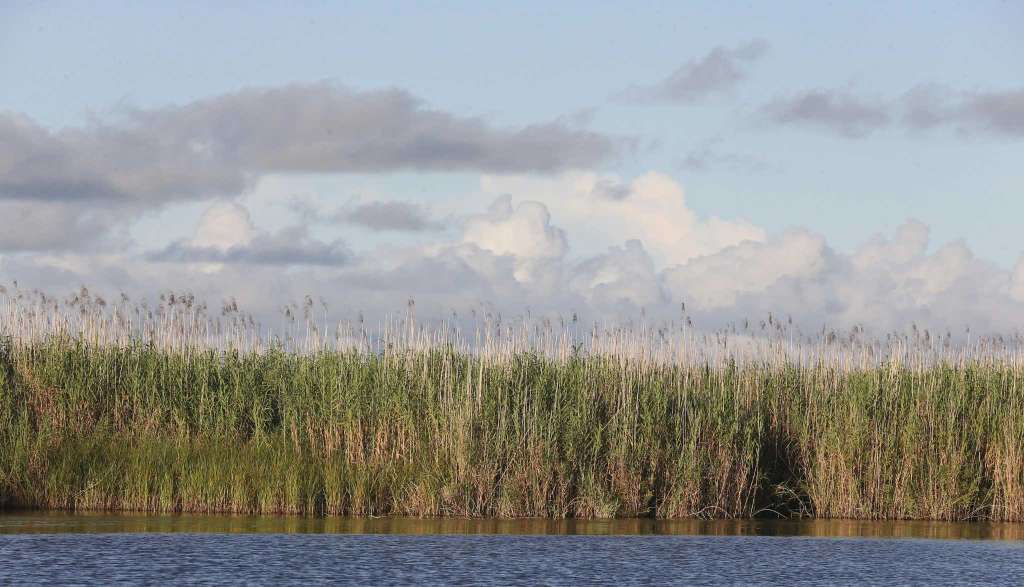
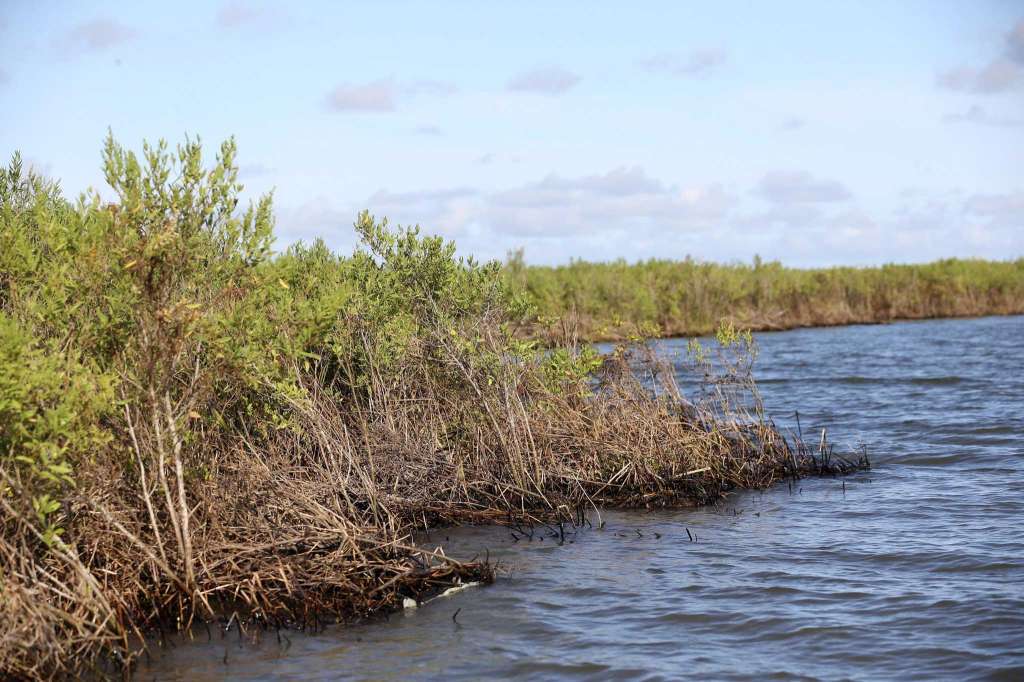
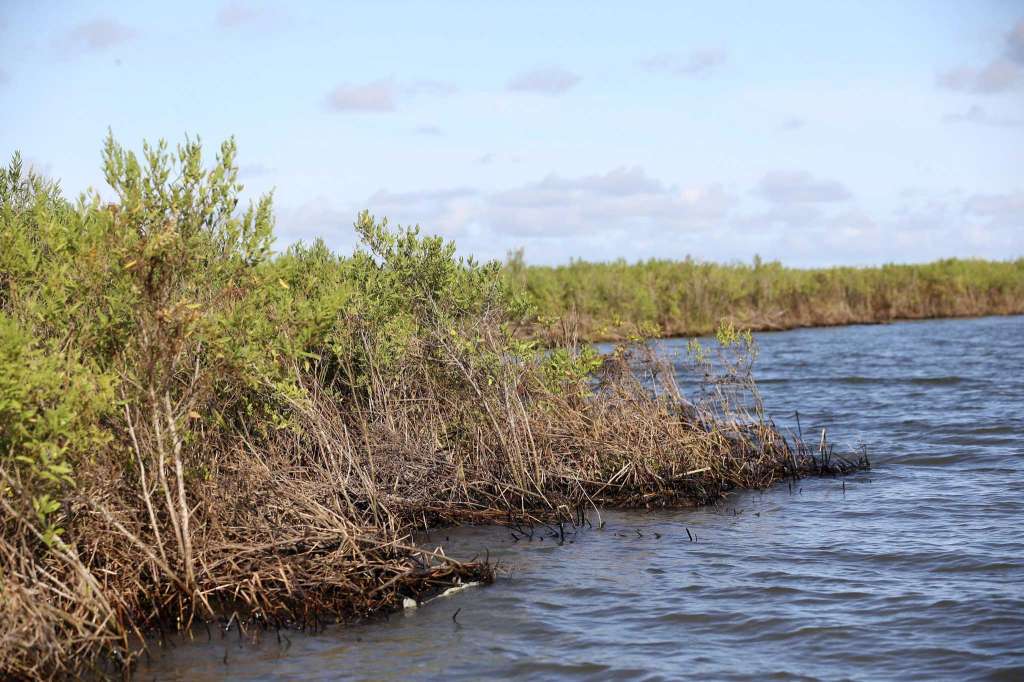
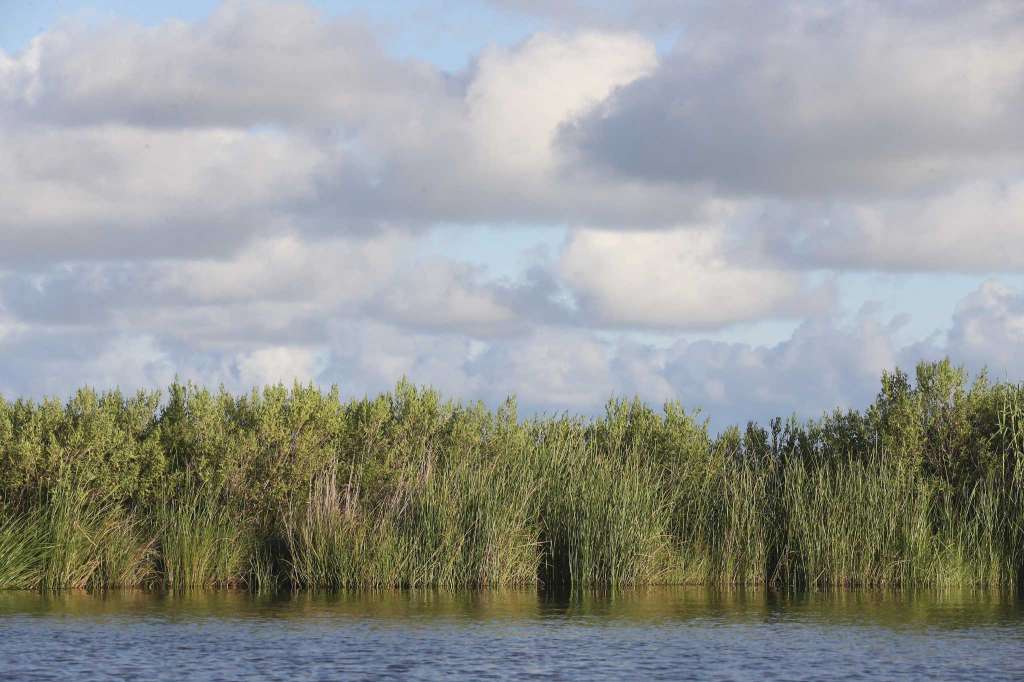
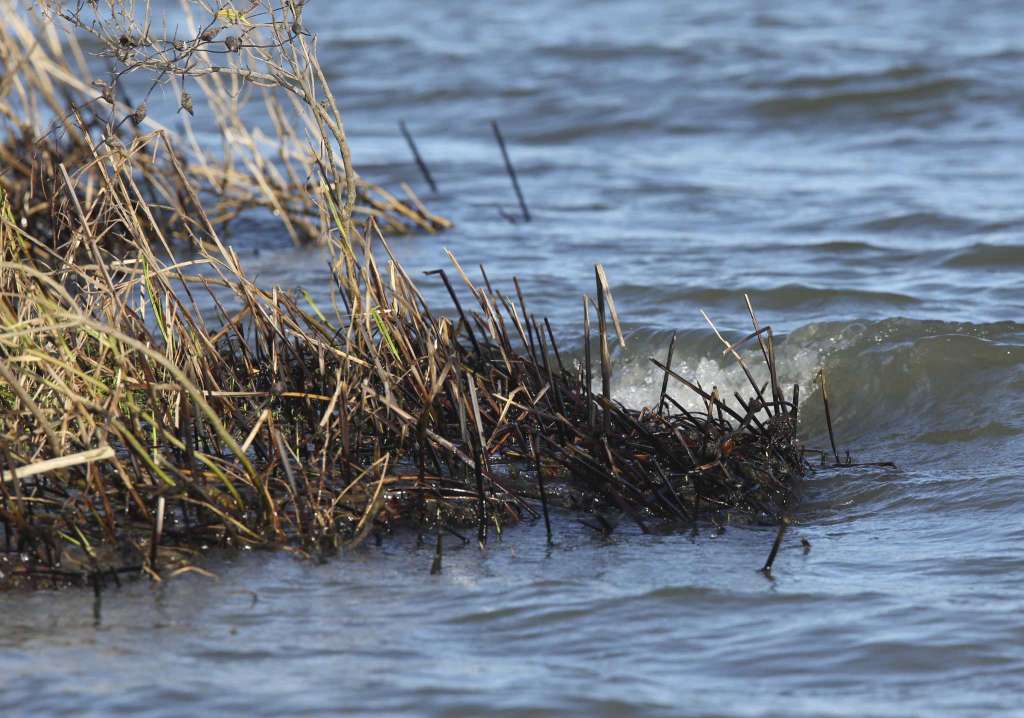
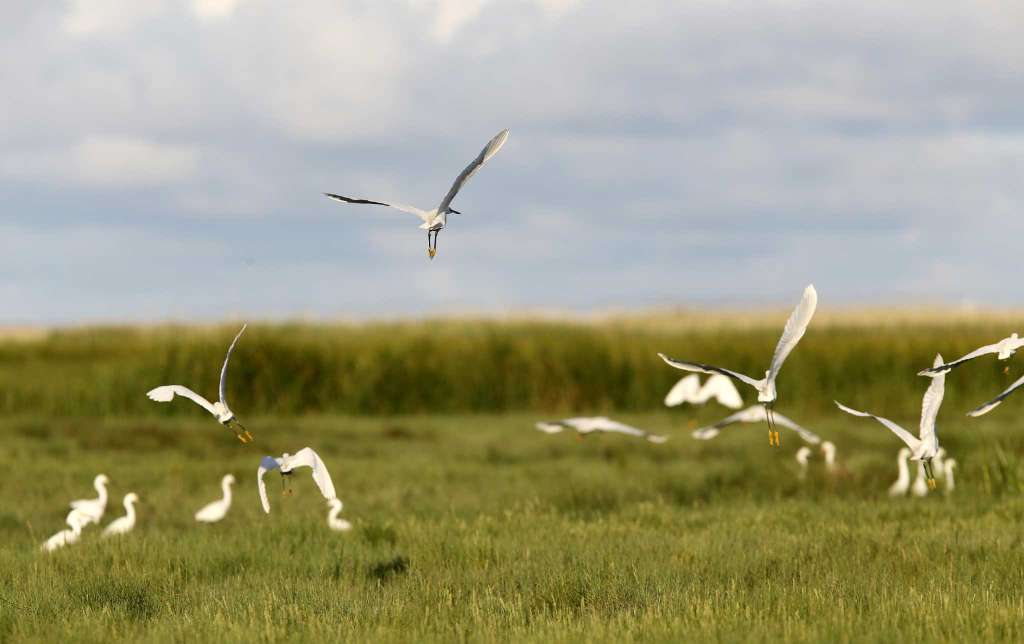
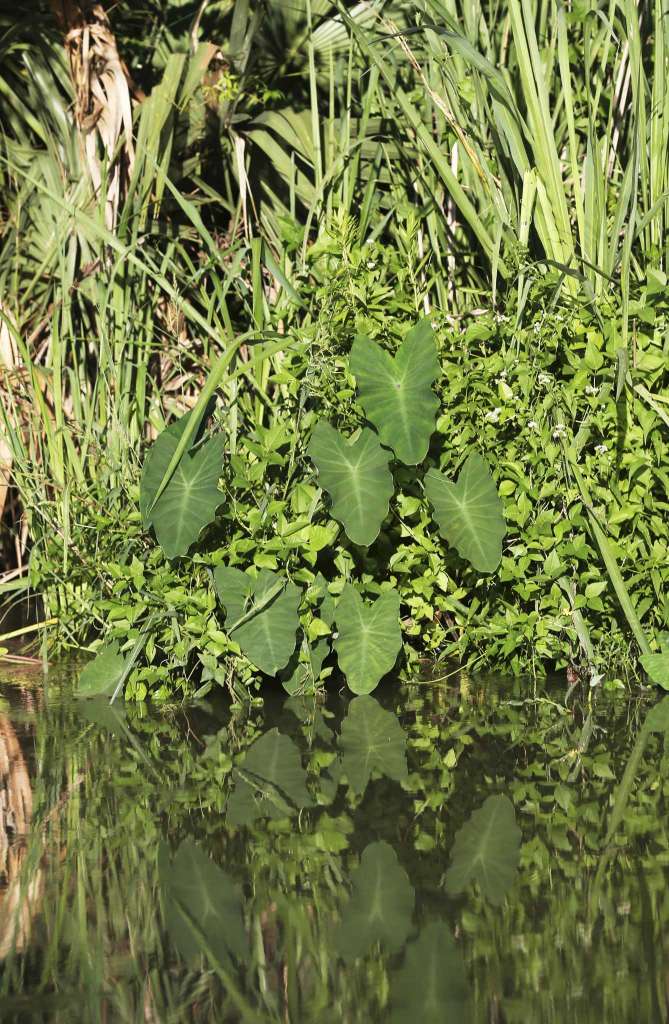
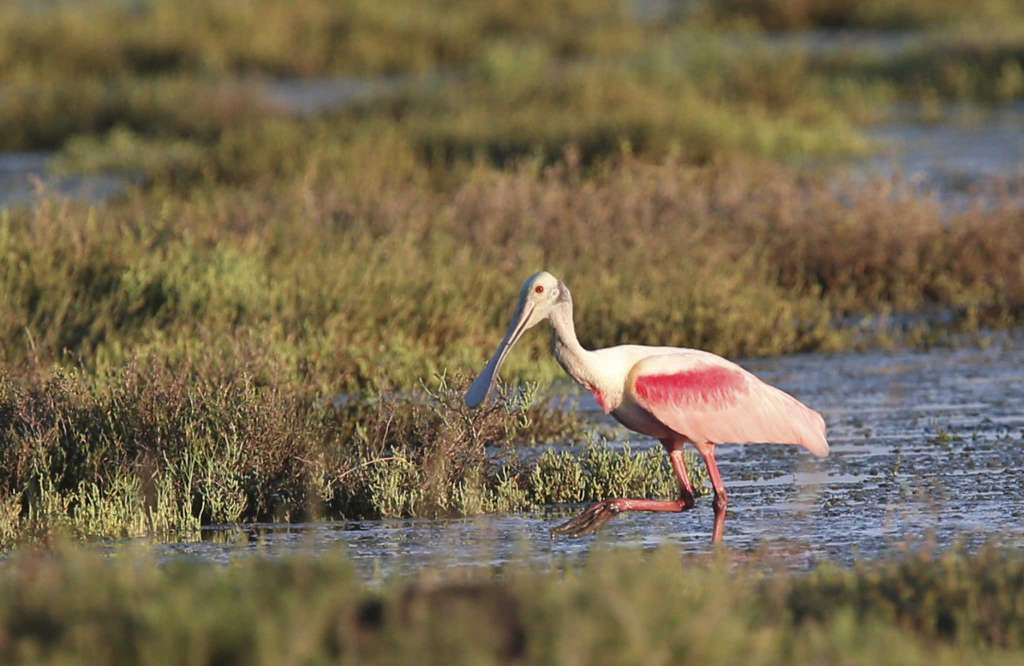
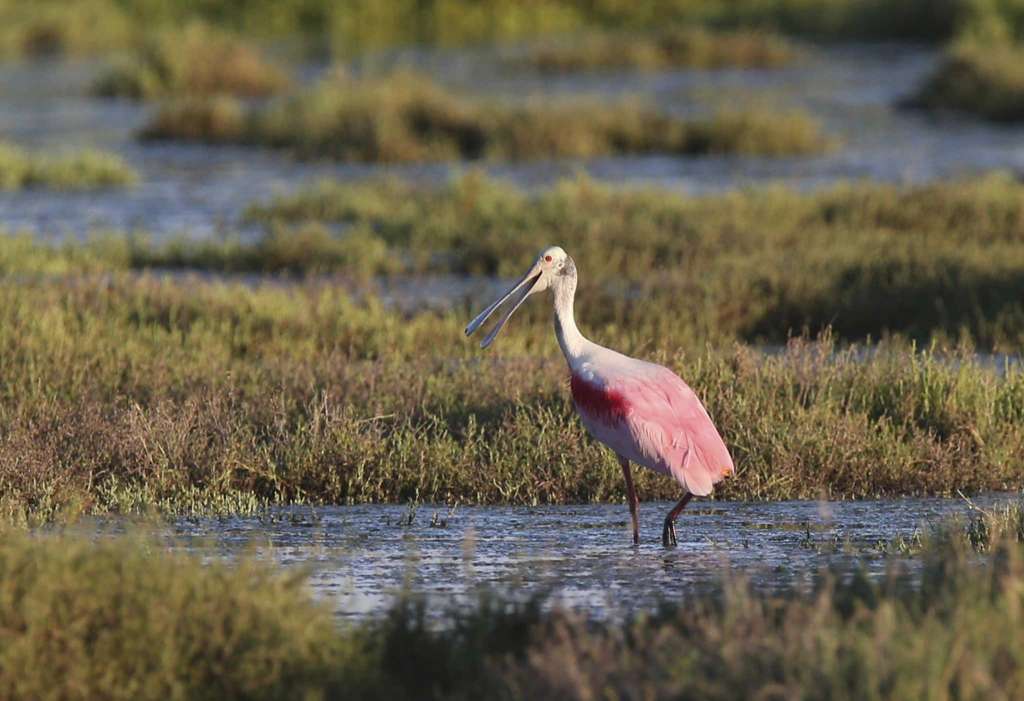
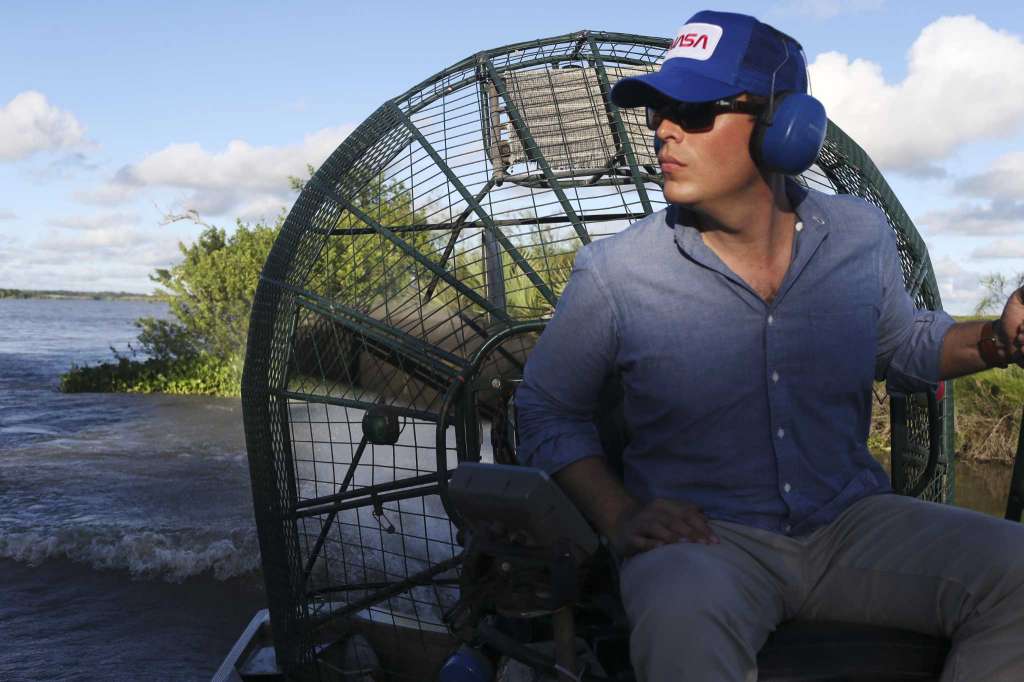
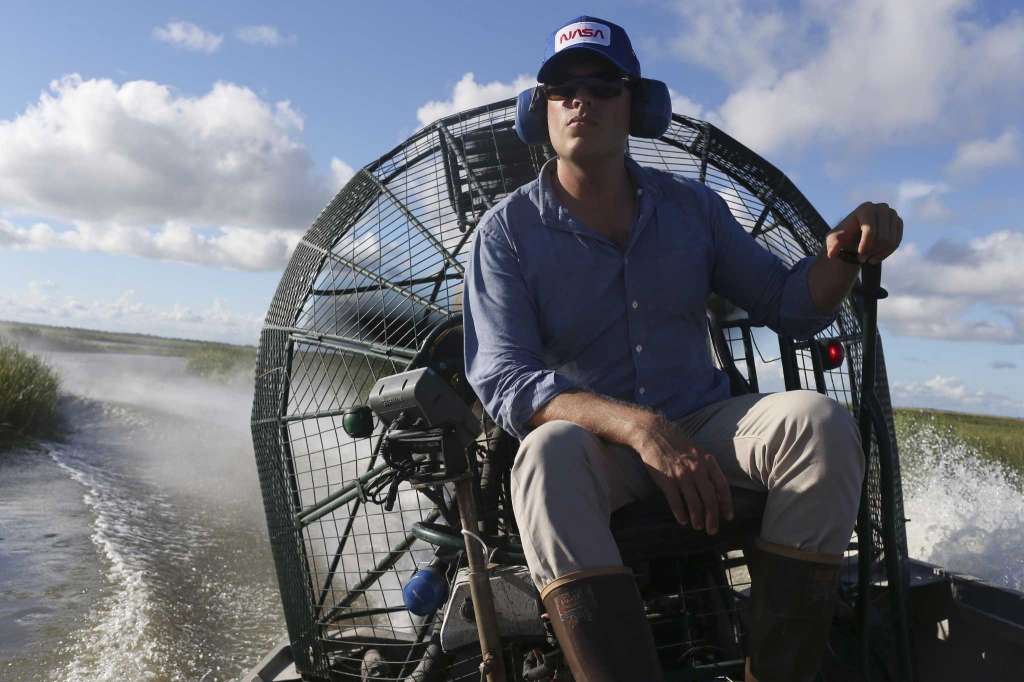
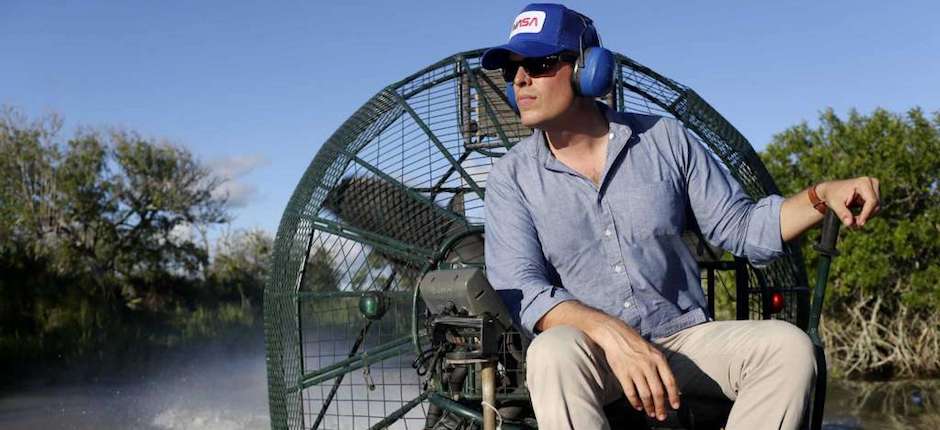
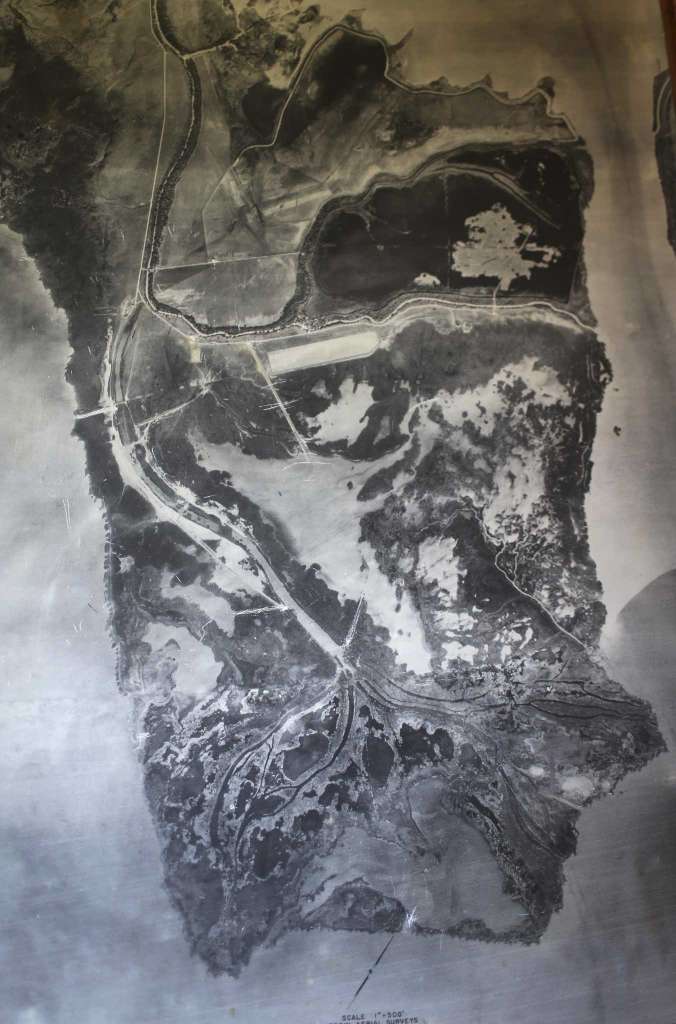
'“So strange to think that this is where all the water going past the neon lights of the River Walk ends up,” Gill said.
For a variety of reasons, the delta is in a long, slow decline. A channel known as Traylor Cut, dredged by local authorities in the 1930s to create more farmland, robs most of the freshwater and sediment from the river, sending them into Mission Lake upstream of the delta. During droughts, the demand for water along the rivers leaves little left to support the wildlife that rely on the bay.
One possible solution to this problem involves the wastewater that San Antonio residents send down their toilets and drains every day, though that plan is stalled as state environmental regulators consider its legality.
When Gill’s grandfather, noted Texas Gulf Coast conservationist William Negley, bought Swan Lake Ranch in the 1930s, it still had its namesake, a lake of brackish water in the shape of a swan. Now, viewed from a satellite, the swan’s underside is patchy, like open water has taken bites out of it.
The delta supports a hugely productive ecosystem. The reeds are full of birds both nesting and stopping by. Alligators patrol the river channels. The muddy water in the ponds, which Gill calls “baylets,” churn with small fish.
“You can smell it,” Gill said. “It’s like a real super-productive sort of soup.”

Birds are drawn to the freshwater habitat, and crabs use it as mating grounds, said Norman Boyd, San Antonio Bay ecosystem leader with the Texas Parks and Wildlife Department. In drier years, shrimp, crabs and fish that rely on freshwater will retreat into the delta’s baylets for refuge from encroaching salt water, he said.
In some winters, the delta hosts one or two endangered whooping cranes, Gill said. Every year, a struggling population of about 310 of the huge birds fly from Canada to nearby Aransas National Wildlife Refuge to spend the winter.
“This is not the most accessibly beautiful place in the world, but once you know what’s going on, it’s pretty amazing,” Gill said.
The delta has recovered somewhat since 2013 and 2014, the height of a severe drought that left most of Texas gasping for water. Heavy rains over the past two years have shifted the gradient between freshwater and salt water farther out into the open bay and filled the baylets with more freshwater.

The delta remained relatively unharmed after Hurricane Harvey, the Category 4 storm that made landfall about 30 miles south, near Rockport. Gill’s family’s house on the property was slightly damaged and their boathouse was destroyed, but the land remained intact, he said.
“It’s really fascinating how the grass held everything together,” Gill said.
Plants and animals in the delta and bay have evolved with hurricanes, Boyd said. The storm and accompanying river flooding might knock branches off trees and scour out some passes and tributary channels.
For oysters that cannot survive too long in freshwater, the huge amount of water flowing down the Guadalupe River could cause a die-off in parts of the bay, though officials won’t know until more sampling is done next month, Boyd said. Similar floods happened in 1987, 1998, 2002 and 2004.
Over the long term, the delta is changing, Boyd said.
As floods pour sediments over the banks of rivers near their mouths, deltas eventually turn into dry land over hundreds of thousand of years. But at least seven dams on the Guadalupe now hold back that much of that sediment, and most of what remains is stolen by Traylor Cut.
The human population is also booming in the river basins, requiring more water. In wet years, there’s plenty to go around, but in dry years, most of the river’s flow is spoken for.
A few other issue are at play, too, Boyd said, including rising sea levels caused by climate change and increased boat traffic in the bay. The wakes create waves that eat away at the estuary.
“The life cycle of estuaries is to build up and become coastal prairie,” Boyd said. “Ours is eroding and sinking. … That is very wrong for a delta.”
The change is obvious from the airboat. Gill pilots it out to the edge of the estuary, where the reeds give way to the open waters of the bay.
Up from the surface poke several old wooden posts, the remnants of fishing docks now stranded in the ever-encroaching bay.
There are a few ideas in the works for how to get more freshwater to the delta in dry years, including one that involves San Antonio’s recycled sewer water. However, putting them into practice will not be easy. So it goes with most issues involving water.
“It’s a limited resource and everybody’s just trying to make sure they’re not on the losing end of what’s going on,” San Antonio Water System Chief Operations Officer Steve Clouse said.
In December 2013, SAWS asked the Texas Commission on Environmental Quality for a permit that would allow it to retain control of 50,000 acre-feet, or 16.3 billion gallons, that it discharges into the San Antonio River basin after being treated in one of the city’s three sewage plants.
Essentially, the permit would let SAWS use the bed and banks of the San Antonio and Guadalupe rivers as a giant conveyance pipe for its recycled water. “Bed and banks” is government jargon for this type of permit.
Right now, SAWS sells most of its recycled water for irrigation and industrial use to buyers such as the city, area golf courses, USAA and Toyota.
What doesn’t get sold belongs to the state as soon as it hits the river, and it can be used by other entities, including the neighboring Guadalupe-Blanco River Authority.
The bed and banks permit would let SAWS keep its “thumbprint” on the water to ensure that those 50,000 acre-feet reach the Guadalupe Delta, said senior analyst Gregg Eckhardt, who runs SAWS’ Dos Rios Water Recycling Center in South Bexar County.
A bed and banks permit that covers this much of a river is an unprecedented legal move in Texas that relies on the disparity in how Texas law views groundwater. Surface water belongs to the state, and its use must be officially sanctioned, but groundwater is private property.
If approved, the application would commit SAWS to leaving 50,000 acre-feet in the river to help the environment. But if it starts discharging more water than that, SAWS would be able to sell the water to farmers, cities, chemical plants or other users along the coast.
SAWS has no specific plans to do that yet, Eckhardt and Clouse said, nor does it have enough recycled water to do so now. After SAWS campaigns to distribute low-flow toilets and other plumbing fixtures, San Antonio sends about the same amount of water down the drain as it did in the 1980s, despite almost doubling in population.
As the city grows, SAWS could end up sending more water down the river over the coming decades.
“We don’t know what we’re going to do with that water in the future,” Eckhardt said. “We’re just putting a marker on that, that as that comes up in the future, we would have the choice of what to do.”
In 2013, the idea proved immediately controversial with SAWS’ neighbor, the Guadalupe-Blanco River Authority, an entity that has long wrestled with SAWS over regional water issues. The GBRA even sued over the permit application in 2014, but a judge dismissed the case.
The GBRA is at work on developing a reservoir off the main channel of the Guadalupe River near the coast to store water for municipalities, farmers and industrial plants. To do so, it is relying on water rights for 100,000 acre-feet that it and Dow Chemical Co., which has a plant near the Guadalupe River, individually and collectively own.
The authority is wary of how those rights would be affected now that SAWS is declaring it owns some of the water, executive manager Todd Votteler said.
“It complicates it for sure,” Votteler said. “We’re trying to determine the impact of that permit on our surface water rights.”
Votteler also raised the issue of whether it’s fair for San Antonio to own so much water in a river whose flow the city has fundamentally altered.
Before San Antonio became the metropolis it is today, springs at San Pedro Springs Park and the Headwaters at Incarnate Word supplied most of the river’s flow during dry years. That water belonged to the state. But after years of heavy pumping, those springs are now dry in most years.
“The water that used to flow down the San Antonio River from those springs has essentially been replaced in effect by discharges from the sewage treatment plant,” Votteler said.
The GBRA has some plans of its own to help the delta and surrounding environment, especially through an agreement with a former opponent, the Aransas Project, an environmental group that fought a legal battle with the GBRA over the whooping crane.
The two entities want to preserve 90,000 acres in coastal habitat, most likely through conservation easements, Votteler said. Another idea is to find ways to buy water to remain in the river to benefit the environment, he said.
“We’re kind of open to a whole lot of different potential solutions,” Votteler said.
The TCEQ has declared SAWS permit complete but has not made a decision on whether to grant it.

Gill thinks that SAWS, the GBRA and other entities in the region will eventually come to an agreement about how to get more water to the delta. For years, he said, people fundamentally disagreed on whether the coast’s bays and estuaries even needed more freshwater.
“Now, you couldn’t fill a phone booth with people who would dispute that,” he said.
BGibbons@express-news.net
Twitter: @bgibbs
